Archived Blogs
|
The pituitary gland is known as the master gland of the body. It’s about the size of a pea and located behind the bridge of the nose between the two hemispheres of the brain. It controls many of the hormones in our body…thus the impressive title. It’s responsible for regulating our thyroid gland, breast milk production, adrenal glands, ovaries and testes, and even how much urine we produce (depending on how hydrated we are). In medical school, the pituitary gland received a lot of attention and a lot of test questions. The pineal gland, situated a little behind the pituitary gland in the middle of the brain (and above the pons in the image), didn’t get nearly as much consideration. Its primary duty is melatonin production. You’ve probably heard of melatonin--you can buy that at the store, right? Melatonin is a hormone that helps our body recognize when it’s time to sleep. Synthetic melatonin is used to effectively help sleep disorders. That pretty much sums up what I learned in medical school. I could identify the location of the pineal gland in the brain and could describe its role in the body. But what if there’s more to the story? René Descartes (1596–1650) was a philosopher and mathematician but he had a special interest in anatomy. He believed the pineal gland was important because… “this gland is the principal seat of the soul, and the place in which all our thoughts are formed.” His logic might have been a little flawed… “The reason I believe this is that I cannot find any part of the brain, except this, which is not double. Since we see only one thing with two eyes, and hear only one voice with two ears, and in short have never more than one thought at a time, it must necessarily be the case that the impressions which enter by the two eyes or by the two ears, and so on, unite with each other in some part of the body before being considered by the soul.” The reality is that the pineal gland (named for its resemblance to a pine cone) is believed to be an atrophied photoreceptor. What does that mean? It means that scientists believe this light-sensing organ used to have a more significant role but over time the gland’s importance has diminished. Because of its ability to respond to light, it has been referred to as the parietal eye…or the third eye. Surely not this type of third eye… Well, it depends on who you talk to…
Madame Blavatsky (1831-1891) contended that the pineal gland was the “eye of Shiva”. Blavatsky founded theosophy, a religious movement in the nineteenth century that drew upon religions like Buddhism and Hinduism. Shiva is one of a trio of gods, the triumvirate, in the Hindu religion. He’s typically depicted as a blue-faced man with a third eye on his forehead. What is the significance of the third eye? It’s believed to be a gateway to a higher consciousness. The “third eye”chakra allows us to transcend our human senses of sight, taste, smell, sound and touch…and utilize our intuition or gut feelings. To see the unseen. Is the pineal gland a left-over organ that produces a hormone we can buy at a local pharmacy or a mystery gland that allows us to see beyond our normal dimensions? Hmm...
0 Comments
My husband says that there are only two types of snakes. Those that slither away from him and choose life… and those that dare to approach and choose death. According to a snake removal service, it can be difficult to tell a venomous snake from a non-venomous snake. The characteristics that I’ve heard before: triangular head, distinct pattern, and even the rattle, can be confusing. (up to 99% of snakes have triangular heads) Elliptical eyes can be a sign of a poisonous snake but who wants to get that close? Maybe my husband’s approach is the best after all... I don’t find snakes very appealing but I’ve met people that do. I was at a fair recently and found several men who draped their pets around their necks like fashion accessories. Snake charming is the practice of appearing to hypnotize a snake. It likely started in India but it’s a dying custom. (animal rights activists) Years ago I saw a charmer while visiting Jaipur. An old man sat cross-legged in front of his basket playing music from a flute-like instrument. The snake didn’t respond until he thumped the container with his foot. Snakes don’t hear so when they rise up, they are not hypnotized but adopting a defensive posture to what they perceive as a threat. In the past, snake charmers would remove the dangerous reptiles from private homes and were known as healers for snake bites. It was only later that they became known as a tourist attraction. Did you know that snake charming is even in the Bible? Psalm 58:3–5: "The wicked turn aside from birth; liars go astray as soon as they are born. Their venom is like that of a snake, like a deaf serpent that does not hear, that does not respond to the magicians, or to a skilled snake-charmer.” It turns out the job is not always as dangerous as it looks. Charmers often remove the poisonous glands and fangs from the snakes they work with. Some will actually stitch the mouth closed, allowing only room for the tongue to wiggle out. Those snakes are doomed to die of starvation.
There are all types of ideas of how to treat snake bites. Here’s a story of a policeman in India who relied on a “snake stone”. Other traditional measures have included incising the site, sucking out the venom, applying a tourniquet, and applying ice. One therapy that I’d never heard of was using electricity. I’m a little vague on that one but I wouldn’t like to experiment with it. Just FYI. The correct treatment of a snake bite:
Seriously, I'm beaming with joy! Writing a conclusion to a series is hard work! So many ends to ties up. Secrets to reveal, battles to fight and magic to discover.
Reading this review (I swear she's not related to me) has positively made me giddy.... The final book in “The Oath” series is a wild adventure and a wonderful ride! Lorica, a young female unicorn, witnessed the senseless murders of her herd decades ago. Now the sole surviving female, and pursued by attackers determined to kill her, Lorica flees, chased through the ages by the three assailants. Meanwhile… Centaurs, vicious, cunning, and cruel, have entered the human world, focused on destroying the remaining unicorns. Our heroines and heroes from the previous books - Maddy, Ashton, Mirabella, TJ, and Gideon - work together as they attempt to find a way to contain the threat posed by these dangerous immortal creatures. However, as the friends continue on their quest to stop the supernatural evil that is haunting their world, each is beset with individual fears and troubles: Maddy struggles with strange and shadowy nightmares. Mirabella, vulnerable without a unicorn protector, seeks to uncover the mystery of her birth mother after learning she was adopted. Ashton grapples with fears that she has a dark side and adjusting to her new powers. Gideon feels helpless, unable to protect his friends against such potent and seemingly indestructible foes intent on harming them. It’s their turn to protect their defenders, to save the unicorns from compete annihilation, and stop the kidnapping of girls - but how do you best an enemy with no discernible weaknesses? The Oath: The Death of Magic is the final heart-pounding ride in The Oath series and is, in my opinion, the crown jewel of the series. The story threads from the previous three books weave together into a dramatic tapestry of friendship and war as the adventure comes to a close. Although - judging by the epilogue - the door is slightly ajar for potential sequels! We tend to believe that our generation is the first to make important observations about ourselves. For instance, I’ve been intrigued as I read articles that refer to a “Nature-Deficient Disorder”. Richard Louv introduced the term in his book, “Last Child in the Woods: Saving Our Children from Nature-Deficit Disorder.” It discusses the outcome when our children are not exposed to nature enough. Obesity and mental health disorders. This is what he says on his website: “The future will belong to the nature-smart—those individuals, families, businesses, and political leaders who develop a deeper understanding of the transformative power of the natural world and who balance the virtual with the real. The more high-tech we become, the more nature we need.” He wasn’t the first to notice that being in nature has a profound effect on us. Let me introduce to you John Muir. He lived from 1838 to 1914 and he was also affectionately called “John of the Mountains”. Born in Scotland, his family came to the United States when he was still a young boy. He was irregular in his class attendance with the exception of classes on botany and geology. On one of his first jobs he suffered an eye injury—serious enough to make him concerned that he’d never see again. Fortunately, after months of staying in the dark, his vision was restored. The experience had a profound effect on him, he left his job as a supervisor making wagon wheels and went for a walk. A thousand mile walk. He rambled in unmarked trails from Kentucky to Florida, eventually succumbing to a malaria infection that almost killed him. But that didn’t stop him from continuing to explore America’s wilderness. His work history was as “irregular” as his education. He worked in a saw milll, as an officer in the US Coastal Survey, managing orchards and taking care of sheep. Mostly, he was unemployed. So what makes this John Muir such a significant part of our history? He wrote essays that explored the majesty of nature and man’s relationship with it. His writing came to the attention of someone important. Theodore Roosevelt. Maybe it was this quote by Muir: "Living artificially in towns, we are sickly, and never come to know ourselves." That might have struck a nerve with President Roosevelt. He had been a delicate child who often suffered asthma attacks from the air pollution in Manhattan. Doctors had warned Roosevelt that he had a weak heart and he should stick to sedate activities. But, as my grandmother would say, Roosevelt was hard-headed, and instead of staying in bed as he was told, he started exercising and spending more time outdoors. He developed a love for natural sciences. After reading about their mutual interests, Roosevelt wrote to Muir and asked if they could get together. Muir agreed and then took Teddy Roosevelt to his favorite place in the world—the Yosemite wilderness. “The mighty Sierra, miles in height, and so gloriously colored and so radiant, it seemed not clothed with light, but wholly composed of it, like the wall of some celestial city.” The night was clear, they set up camp under a tree thought to be 2,500 years old, ate fried chicken and drank black coffee by the fire. They talked for hours. In the following days, Roosevelt ditched the 40 blankets that were supplied by his aides and learned to rough it like Muir. Together they weathered snow storms and each other (they found each other annoying at times). In the end, Roosevelt came back to Washington enthusiastic about conserving America’s forests and wilderness. According to Wikipedia, Theodore Roosevelt signed “into existence five national parks, 18 national monuments, 55 national bird sanctuaries and wildlife refuges and 150 national forests.”
He described the importance of the conservationist movement in a speech: “We have become great because of the lavish use of our resources and we have just reason to be proud of our growth. But the time has come to inquire seriously what will happen when our forests are gone, when the coal, the iron, the oil and the gas are exhausted…” “…It is time for us now as a nation to exercise the same reasonable foresight in dealing with our great natural resources that would be shown by any prudent man in conserving and widely using the property which contains the assurance of well-being for himself and his children.” His words are still true today. John Muir, a man who couldn’t quite find a job to fit him, helped save our national parks because he recognized… "In every walk with nature one receives far more than he seeks." We have a lot of work to do, we have to change the way we're living. Decrease our waste. Decrease our emissions. Use more renewable resources. And….protect our wilderness. We can do it. "Between every two pine trees there is a door leading to a new way of life." Click here for more quotes by John Muir. Image of John Muir from Dec 1906. Public Domain The Pacific Crest Trail stretches from Mexico to Canada and encompasses 2,650 miles. The average time to complete the hike is five months but the failure rate is high and injuries are common. Cell phone reception is not always available. Those that finish the trail are called thru-hikers. Hikers carry their tents, sleeping bags, water sanitation kits and bear canisters (hard food lockers that hold in the scent of food). In advance of their trip, hikers will go to towns on the trail and pay for storage of other containers of dehydrated food so they may pick them up along the way. Foraging is not a reliable method of ensuring enough food. Those are the general facts about the PCT, but what makes someone want to hike it? While visiting my sister recently, I met one of the hikers. She had short curly hair that framed her face and probably looked perfect after a quick finger-comb. Her glasses were striking and her jewelry was simple. She explained the details of the trail in between bites of salsa-dipped chips. “Baby wipe showers”, she said, were preferred over bathing in the lakes due to the swarms of mosquitoes. She looked forward to her mac and cheese after a long day on the trail. She took a sip of water when I asked why she had decided to do the hike. It had been the twentieth anniversary of her son’s death, she said, and she wanted to handle the year differently. Each preceding year, as that date approached, she’d become depressed. Stayed at home a lot. I sensed she wanted something extreme to knock herself out of a pattern. “It was life-changing,” she said. Hikers often claim that the trek is good for the body and soul. Last year, my sister lost her daughter. She’s younger than me and she’s on a trail that I’m unfamiliar with so I can’t lead her or give her any advice. It’s more difficult than the PCT and, according to every other parent whose lost a child…there’s no end to this route. I’ve been worried about her. Frightened that she’d get lost or even worse, that she’d give up. When I went to see her on the anniversary of her daughter’s death, we did some hiking of our own. The terrain was rocky with gradual inclines that weren’t too taxing for a novice hiker like me. My sister would point out plants or flowers along the way. “That,” she pointed to a small tree that looked like someone poured molten bronze metal over the trunk, “is a Manzanita tree. The wood is used in bird cages for perches and looks like driftwood.” Another plant with tube shaped deep red blooms. “Penstemon,” she called over her shoulder. “We’re seeing a lot of color with all the rains. Have you heard of the desert bloom?” San Diego has received more rain than usual and the weather was cooler too. “We’re having a Super Bloom. It brings all the Flatlanders up.” She explained how the visitors to the region don’t always treat the natural areas with respect. “We also call them City-ots (a combination of the word city and idiot)” she said with a grin. A large swatch of daisy looking flowers in the middle of a meadow: “Chamomile.”
We spoke of Jeeps, my grandfather’s patience and my grandmother’s difficult nature, finding food when you’re a vegetarian, and what is proper hiking apparel. Stories from our childhood and aspirations for the coming years. Tales about Rachel were sprinkled over our conversations like hot sauce. Bringing a tear to your eye but also intensifying the flavor. Because Rachel lived life to the extreme. My sister walks the trail with assurance and carries herself with a strength that I’ve not seen in her before. She still feels fragile inside and I know that the hardest thing she has done over the past year is just exist. I know that she’s pretended that Rachel is still alive, somewhere. I know that every year on the anniversary of Rachel’s death, she will feel a sense of doom that would take your breath away. But she’s coping. Her grief may last forever but so does the love we share for each other. She’s smiling when she sees a picture of her daughter. Crying when she needs to. Getting out of bed and taking one step at a time. Because she’s a thru-hiker. |
Archives
October 2020
Categories |
COPYRIGHT 2017 SUSAN BADARACCO | Site Credits

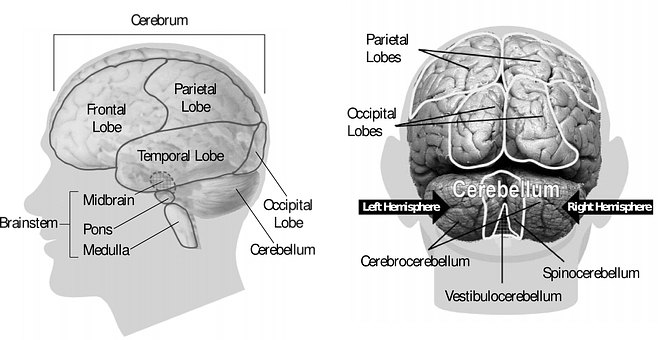


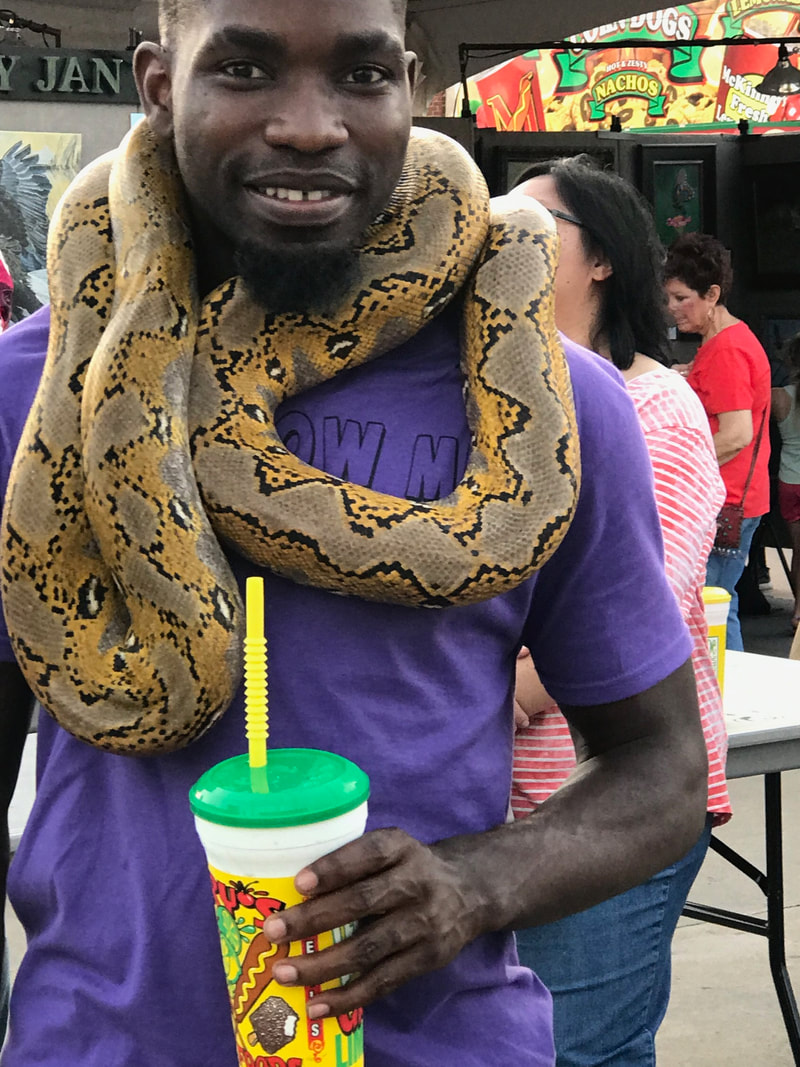




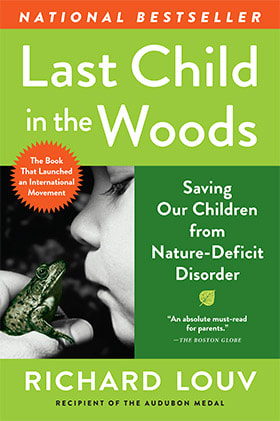
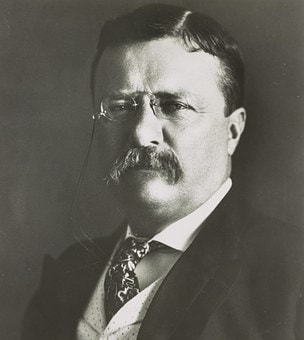
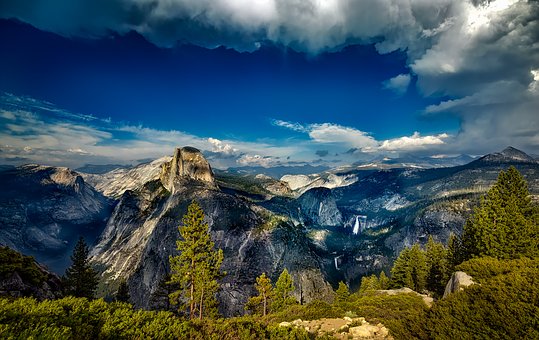


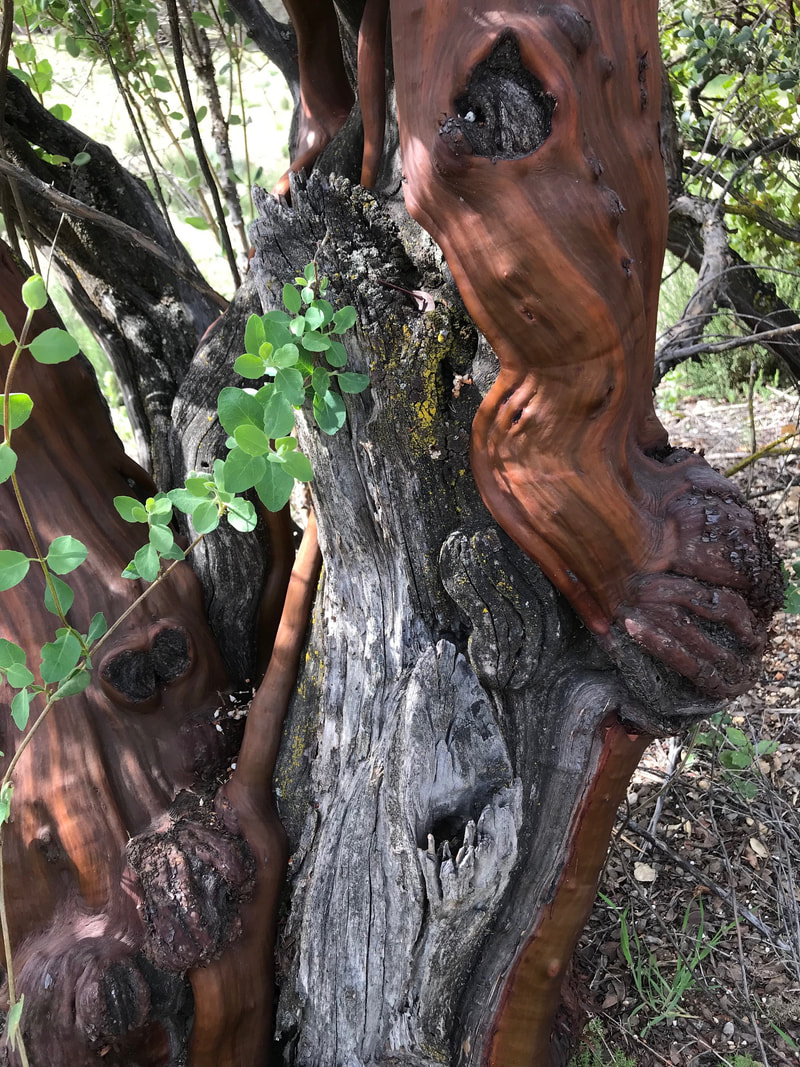

 RSS Feed
RSS Feed